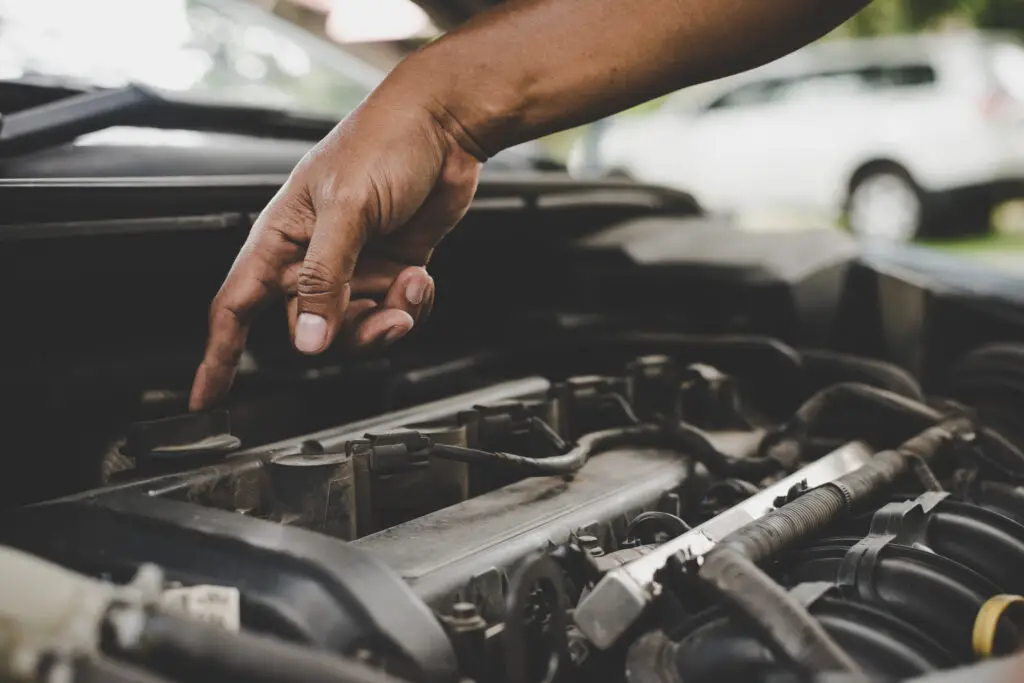If you’re curious about the number of spark plugs in a V8 engine, you’re not alone. Spark plugs are essential for the ignition process, ensuring the engine runs smoothly and efficiently. Let’s break down the details of how spark plugs function and answer the question about V8 engines.
The Basics of Spark Plugs
Spark plugs play a critical role in internal combustion engines. They create the spark that ignites the air-fuel mixture in the engine’s cylinders, producing the power that drives the vehicle. Each cylinder in an engine requires one spark plug to perform this function.
How Many Cylinders Are in a V8 Engine?
A V8 engine, as the name suggests, has 8 cylinders. These cylinders are typically arranged in a V-shape, with four cylinders on each side of the engine. Each cylinder in a V8 engine requires its own spark plug, meaning a standard V8 engine has 8 spark plugs in total.
Are There Exceptions?
While most V8 engines use one spark plug per cylinder, some high-performance or specialized engines use two spark plugs per cylinder to ensure more efficient combustion. These are often referred to as dual-spark engines. In such cases, a V8 engine would have 16 spark plugs instead of the standard 8.

Examples of engines with dual-spark configurations include certain Mercedes-Benz AMG models, Dodge HEMI engines, and some motorcycle engines adapted for high performance.
How to Identify the Number of Spark Plugs in Your V8
If you’re unsure how many spark plugs your V8 engine has, here’s how you can find out:
- Check the Owner’s Manual: The manual will specify the engine’s configuration and the number of spark plugs.
- Inspect the Engine: Look for the spark plug wires or ignition coil packs connected to each cylinder.
- Consult a Mechanic: If you’re unable to determine the number yourself, a mechanic can provide clarity.
When to Replace Spark Plugs
Replacing spark plugs is a routine maintenance task that keeps your engine running efficiently. Here are some signs it’s time for a replacement:
- Rough Idling: The engine feels uneven or shaky when running.
- Difficulty Starting: The engine struggles to start or takes longer than usual.
- Reduced Fuel Efficiency: The car consumes more fuel than normal.
- Engine Misfires: You experience jerking or loss of power during acceleration.
Final Thoughts
A standard V8 engine typically has 8 spark plugs, one for each cylinder. However, certain modern high-performance engines may have dual-spark configurations, doubling the number to 16. Knowing the specifics of your engine helps with proper maintenance and ensures optimal performance. If you’re unsure about your engine’s configuration, consult your owner’s manual or speak to a professional.
Have any additional questions about spark plugs or engine maintenance? Share them in the comments below
Discover more from Chikwem
Subscribe to get the latest posts sent to your email.